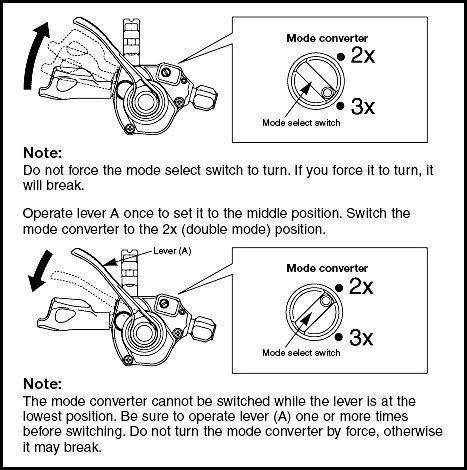Shimano Deore Lx Service Manual

Disc brake systems use a caliper mounted near the dropouts of the frame or fork ends, and a rotor (disc) mounted to the hub. Hydraulic systems use sealed tubing to push brake fluid. The brake pads are housed in the caliper and are forced into the rotor. Disc brake calipers mount to fittings on the compatible bicycle frame and fork. The common mounting standard is referred to as the International Standard. This standard uses two mounting holes spaced 51mm apart and the caliper mounting bolts are positioned perpendicular to the rotor face.
A less common mounting system is the post mount. The mounting bolts of the post mount are parallel with the rotor faceand the mounting holes are spaced 74mm apart. Brake calipers designed for the post mounting system can be fitted with adapters to work with the International Standard. Brake pads for both mechanical and hydraulic systems are available in various compounds. Generally, a softer resin material will tend to squeal less.
It will also offer the user more modulation, or the ability to brake lightly. However these types of pads will also wear more quickly. The harder metal or semi-metallic pads will last longer, especially in wet and muddy conditions.
Browse and Read Shimano Deore Lx Manual Shimano Deore Lx Manual Inevitably, reading is one of the requirements to be undergone. Gallery & Archive >Manufacturer Archive >Shimano Archive >Service Manuals. Deore LX Exage ES LX Altus A10. Service instructions for the Deore XT. DEORE XT M8000. Select one or more. Quick View Deore XT RAPIDFIRE Plus I-spec. News Shimano Service Centers Multi-Service. Jun 07, 2016 Shimano Deore Lx Manual Danielle. REMOVING SHIMANO DEORE LX HOLLOWTECH 2 CRANK EASY. Repair Shimano. Pokemon Yellow Rom Psp Iso.
Hydraulic Brake Systems Hydraulic brake systems use a piston at the hand lever called the “master’ piston. The piston pushes brake fluid through sealed brake tubing to another set of pistons at the caliper called the “slave” pistons. The slave pistons push the pads to the rotor. Because the hydraulic fluid does not compress or flex, hydraulic systems are considered higher performance than mechanical systems. With use over time, brake fluid will become contaminated with dirt and moisture and should be replaced. It is critical to use the correct type of fluid for the specific brake. Some manufacturers use mineral oil as the fluid, while others use an automotive brake fluid.
The manufacturer will specify the type of fluid. The different types of brake fluid should never be mixed. Using the wrong fluid is likely to cause seals to fail, resulting in brake failure.Automotive fluids are DOT (Department of Transportation) approved and are generally polyglycol fluids. Fluids have different ratings, such as 3 or 4. Contact the manufacturer for a specific recommendation. Automotive brake fluids are caustic and toxic.
Work with care to avoid fluid contact with the outside of the lever or caliper, the bike, or your skin. Use of protective gloves, such as is recommended. Hydraulic systems should be inspected at all fittings and hose connections for fluid leakage and seepage. Additionally, the bike should not be stored or turned upside down, as air may enter the brake lines.
If the bike has been upside down, allow it to sit several minutes before use, and test the levers by pulling with force. The hydraulic brake lever is positioned on the handlebar similar to conventional or non-hydraulic levers. Set the angle for comfortable reach when the cyclist is in the saddle. The brake lever reach is adjusted behind the lever pivot. Tightening the screw moves the lever closer to the handlebars. Brake manufacturers design the hydraulic cylinders at the calipers to be compatible with the cylinder at the brake lever.